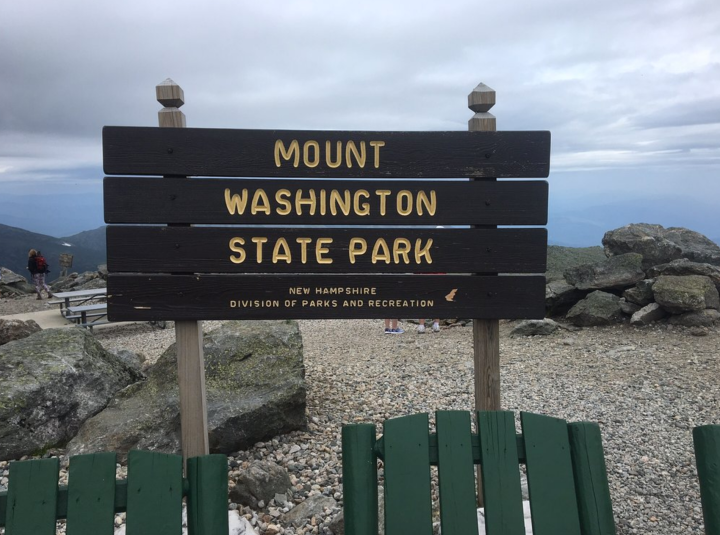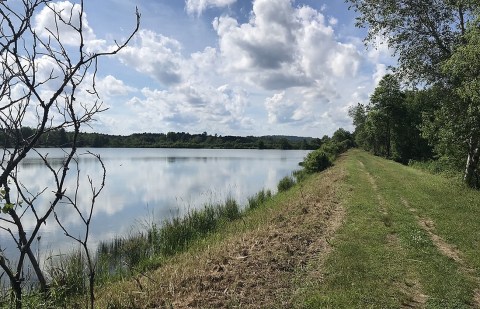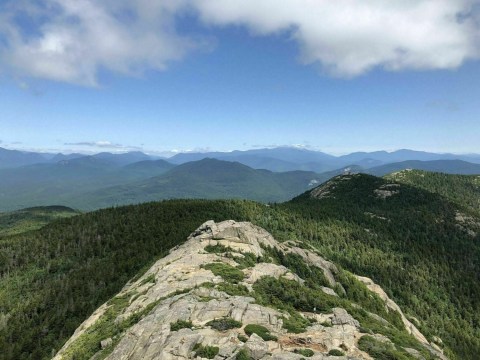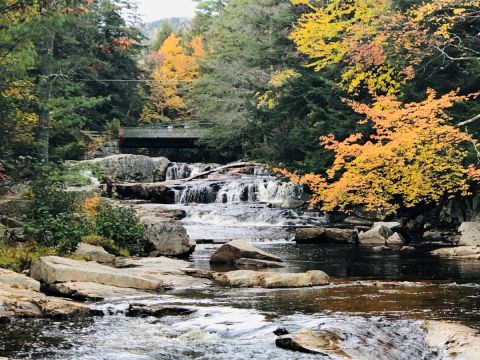Mount Washington In New Hampshire Is Considered One Of The Most Dangerous Hikes In All Of America
Mount Washington is one of New Hampshire’s most defining features. Standing tall above the state, virtually all of us have seen it, if not taken a trip up the Auto Road to see the views that come with a summit visit. But, have you ever considered hiking to the top? If you have, we commend you! It’s one of the most dangerous hikes in the country, and most avid mountaineers and hikers recognize it as the most dangerous small mountain on the planet.











Then, enjoy the outdoors of New Hampshire to your heart's content.
There are a lot of ways to enjoy Mount Washington without the hike. You can learn more about the observatory at the top of Mount Washington here. To learn more about taking the Auto Road to the top, click here. And to learn about the White Mountains, take a look here.
Want to see the outdoor of the state without actually having to go all-in on Mount Washington? Here are 10 beautiful and scenic trails in New Hampshire that are perfect for beginners.
OnlyInYourState may earn compensation through affiliate links in this article. As an Amazon Associate, we earn from qualifying purchases.
More to Explore
Most Dangerous Hike In New Hampshire
What does it take to go hiking in New Hampshire?
Hiking in New Hampshire requires a good sense of outdoor awareness. There are plenty of beginner-friendly hikes to help you get used to the basics of hiking safely, even in the White Mountains! It's important to be prepared for all sorts of weather, and pack extra clothing and socks in your day pack. An emergency kit, map, a battery pack for your phone, emergency shelter, a firestarter, and a headlamp are some of the essentials you should bring along when you attempt more difficult day hikes. Be sure to always let someone at home know where you'll be and when you plan to be back!
Where can you find the best view of Mount Washington in New Hampshire?
If you're looking to enjoy the spectacular sight of Mount Washington, there are many places to catch a view. The top of Wildcat Mountain is the best place if you're willing to put in some effort to get to the summit! Hiking to the top is possible in summer, and in the winter, you can spend a day skiing and observe Mt Washington from across the way all day long. From the Joe Dodge Lodge in Pinkham Notch, the mountain towers above you. If you head to the Glenn House, you'll be able to enjoy the view from their large dining room and outdoor patio.




